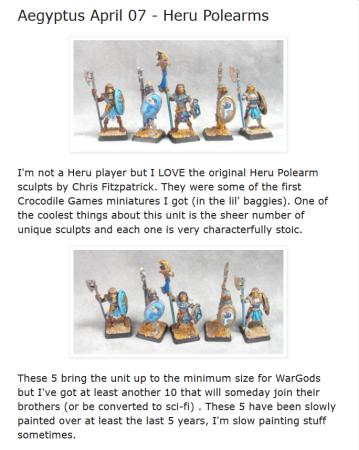Well, folks, a long time ago I found an Orc emblem that I liked, and it was my inspiration to create a three-dimensional glyph to decorate my army (or even the wall!).
Materials needed:
- Epoxy Putty (gray, green, brown or blue will do - we don't require a high level of detail)
- Vaseline or baby oil to mix and smooth the putty
- Lancets or spatula, needle holders, knitting needles, etc., for sculpting
- Paper or cardboard carton straw
- Carbon paper and pencil
- Print-out of the original artwork, enlarged to the desired scale
Reference & Scale
As always, the first thing is to have an idea of what one is going to do, and also to have an idea of the desired size. Then the original artwork can be printed to the selected scale, using Photoshop or similar software.

After printing, with the help of carbon paper, the scaled image is transferred to cardstock, and traced with pen so that the image does not run or erase.

Working in Depth
When sculpting a glyph, you normally start from the lowest "depth" of the model to the most "superior." In this case, the deepest parts are the halos around the face, then the face, then the teeth, and finally the rivets. In that order, begin working. First create halos with rolls of putty, then smooth them with a spatula and lubricant, following the original artwork.


While the putty is still fresh, make grooves to simulate rock details.
Once the halos are done, let the putty dry, and then start working on the face: With rolls of putty, create brows, cheekbones, nose, and forehead wrinkles.

Again, use blades and needles to smoothing and shape the face, bearing in mind that the face should be at a higher level than the halo. The eyes are usually left to the end. Remember to finish the face following the outlines of the teeth, in order not to lose the way they should wear.

Then make depressions in the putty to mark rivets and other details (such as wrinkles).
The teeth, like the halo, start as rolls of putty. Add or remove material until the teeth are finished, one by one.

Use carving needles to create grooves, simulating wood.

The teeth should be at a level higher than the face.

Once the teeth have dried, take rolls of very thin putty and place them as streaks of blood.

Again, follow the outline, smoothing and making depressions, leaving some areas with "no blood." Then make a ball of putty to finish integrating with the eyes and face. Adding very small rolls of putty, finish wrinkles around the eyes, nose, forehead, and where you need to fix or improve. Finally, with putty balls, make rivets on the face.

Once the face is dry, it's time to cut out the construction paper, paint, and assemble.








